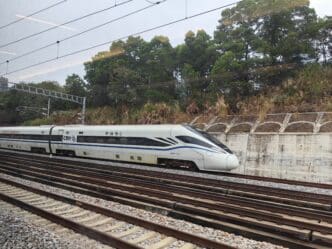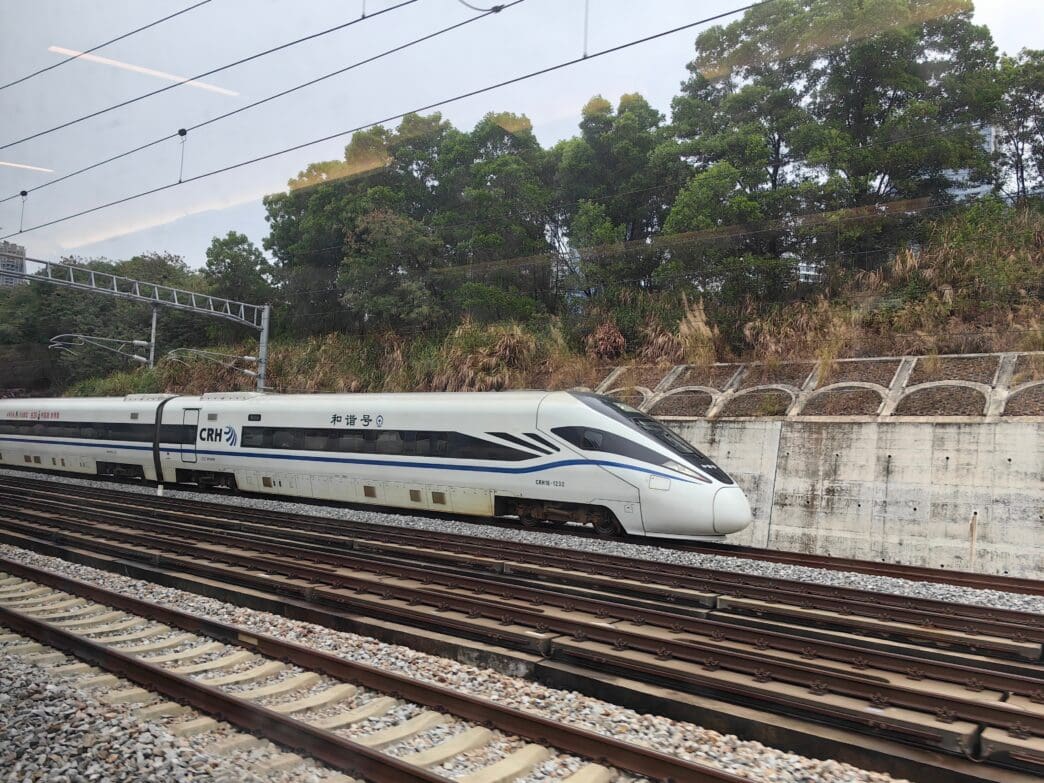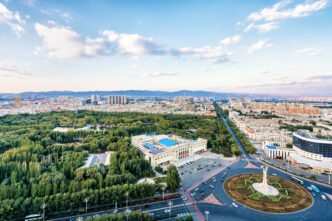Executive Summary
The Story So Far
Why This Matters
Who Thinks What?
An opinion piece published in the South China Morning Post argues that China’s extensive high-speed railway network, rapidly developed over just 17 years, stands as a global inspiration for redefining railway travel. The commentary suggests that the country’s ability to develop such infrastructure at scale positions it uniquely in the modern transport landscape.
Network and Speed
The national high-speed rail network now spans 48,000 kilometers, connecting major cities from Harbin in the far northeast to Urumqi in the far west, and extending south to Xishuangbanna near the Myanmar border. These sleek, eight-car Fuxing trains are capable of reaching top speeds of 450 kilometers per hour.
This efficiency has dramatically reduced travel times. For instance, a journey from Beijing to Xian, which once required a 15-hour overnight sleeper train, is now completed in just four hours. The first high-speed rail route, the 117-kilometer Beijing-Tianjin line, opened in 2008 and currently facilitates a 30-minute commute between the two cities.
Historical Context and Global Comparison
Historically, railways were often considered secondary to other transport modes, such as massive container ships for freight and air travel for passengers. The SCMP article highlights that the modern high-speed revolution contrasts sharply with the earlier era of rail, which was often characterized by slower speeds and less comfortable conditions.
While Japan’s Shinkansen is recognized for its contributions to high-speed rail, making railway travel synonymous with speed, luxury, and reliability, the opinion piece posits that China’s transformation is distinct. It emphasizes the unprecedented scale and rapid pace of development as unique aspects of China’s railway revolution.
Key Takeaways
China’s rapid and extensive development of its high-speed rail system presents a significant case study in modern infrastructure. This transformation demonstrates a profound shift in passenger travel efficiency and connectivity across vast distances within the country.








